When planning any live event, stage lighting electrical safety must always come first. Great lighting transforms a venue, sets the right atmosphere, and captivates the audience—but behind the beauty of the show lies a complex web of cables, power sources, and fixtures. If not managed properly, they pose real hazards.
As event planners, our responsibility is not only to create an unforgettable visual experience but also to protect performers, crew, and guests. This guide walks you through the essential practices and precautions for keeping stage lighting both impressive and safe.

Why Electrical Safety Matters in Stage Lighting
Modern lighting has advanced dramatically in recent years. With LED systems, moving heads, and sophisticated DMX control, the possibilities are endless. But greater technology also means greater risks: overloaded circuits, faulty cabling, or even a single loose connection can cause accidents.
By making safety a top priority, you can:
- Prevent accidents and injuries.
- Protect expensive stage lighting equipment.
- Build trust among performers, crew, and audiences.
- Deliver a seamless, professional event.
The Basics Every Planner Should Know
You don’t need to be an electrician to understand electrical safety. Learning the fundamentals helps you coordinate effectively with your technical team.
- Voltage and Power Ratings – Always match lights to the correct supply voltage. A mismatch can burn out fixtures or cause sparks.
- Circuit Load – Never overload circuits. Too many lights on one breaker risks overheating or shutdown.
- Grounding – Grounding provides a safe path for electricity if something goes wrong. Without it, even touching a metal light housing can cause a shock.
- Cabling and Connectors – Only use professional, heavy-duty cables. Household extension cords are not suitable for stage setups.
- Heat and Ventilation – Lighting generates heat. Poor airflow increases fire risk. Ensure fixtures and cables stay cool.
Common Electrical Hazards in Stage Lighting
Event setups often run on tight deadlines, which can lead to overlooked safety measures. Watch out for these hazards:
- Overloaded Circuits – Packing too many fixtures onto one line.
- Damaged Cables – Cuts or crushes can expose live wires.
- Improper Grounding – Skipping grounding may seem harmless until someone gets shocked.
- Water Exposure – Rain, spills, or condensation can make gear dangerous.
- Loose Connections – Unsecured plugs can spark or fail mid-show.
- Trip Hazards – Poorly managed cables can cause falls or damage equipment.
For larger venues that require powerful and stable effects, fixtures like the Betopper LB295 295w Pro Moving Head Beam Light provide high output while maintaining reliability and safety.
Best Practices for Safer Events
- Plan Power Needs Early – Calculate total wattage in advance. A good rule is never to exceed 80% of circuit capacity.
- Use Professional Gear – Always rely on industry-grade fixtures, cables, and connectors.
- Inspect Before Every Event – Check all cables and connectors for wear or overheating. Replace, never tape, damaged cords.
- Organize Cables Properly – Use cable ties, Velcro, or ramps. Neat cabling reduces accidents and looks professional.
- Ensure Proper Grounding – Use testers to confirm circuits are grounded. Outdoors, add GFCI protection.
- Keep Water Away – Elevate cables, cover connections, and keep drinks far from gear.
- Label Everything – Clear labeling avoids confusion when multiple circuits are in play.
- Hire Licensed Technicians – For larger productions, always use certified professionals for electrical work.
Safety Checklist for Event Planners
Before every show, review this checklist:
- Inspect all power cables and connectors.
- Verify breaker capacity before powering up.
- Ensure all fixtures and panels are properly grounded.
- Protect high-traffic areas with cable ramps.
- Keep lighting gear away from water sources.
- Secure fixtures with safety cables on trusses.
- Have fire extinguishers and emergency tools ready.
- Confirm crew understands shut-off procedures.
Emergency Preparedness
Even with the best planning, emergencies can happen. Always prepare for the unexpected:
- Backup Power – UPS units or generators for emergency lighting.
- First Aid – Kits equipped for burns and shocks.
- Fire Safety – Electrical-rated extinguishers near the stage.
- Crew Training – Ensure all staff know shutdown procedures.
- Clear Exits – Keep pathways and emergency exits unobstructed.
Training Your Crew
Safe equipment is only as good as the people using it. Training should cover:
- Spotting early warning signs (burning smell, flickering lights, buzzing).
- Emergency response and shutdown protocols.
- Safe cable handling techniques.
- Clear communication and assigned roles in crises.
- Use of protective gear such as gloves and insulated tools.
- Well-trained teams keep events smooth, safe, and professional.
Final Thoughts
Electrical safety is the backbone of every successful lighting setup. A spectacular light show loses all value if it puts people at risk.
By planning carefully, investing in professional equipment, and training your crew, you can ensure your events are not only stunning but also safe.
At Betopper, we understand the importance of both performance and protection. Our stage lighting solutions—from moving heads to PAR lights—are built with reliability, durability, and safety in mind. When you choose Betopper, you’re choosing not just brilliant stage effects, but also peace of mind.
👉 Explore our full collection of professional stage lighting: https://betopperdj.com/










































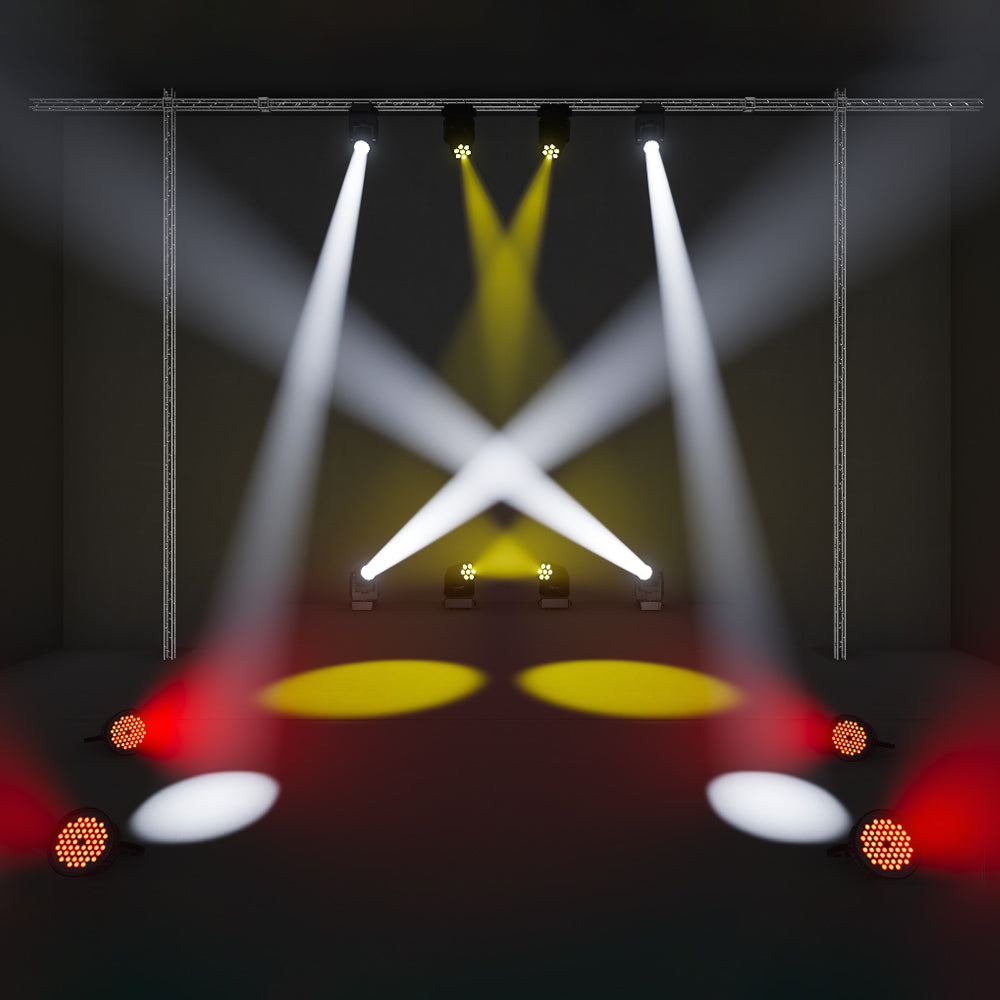
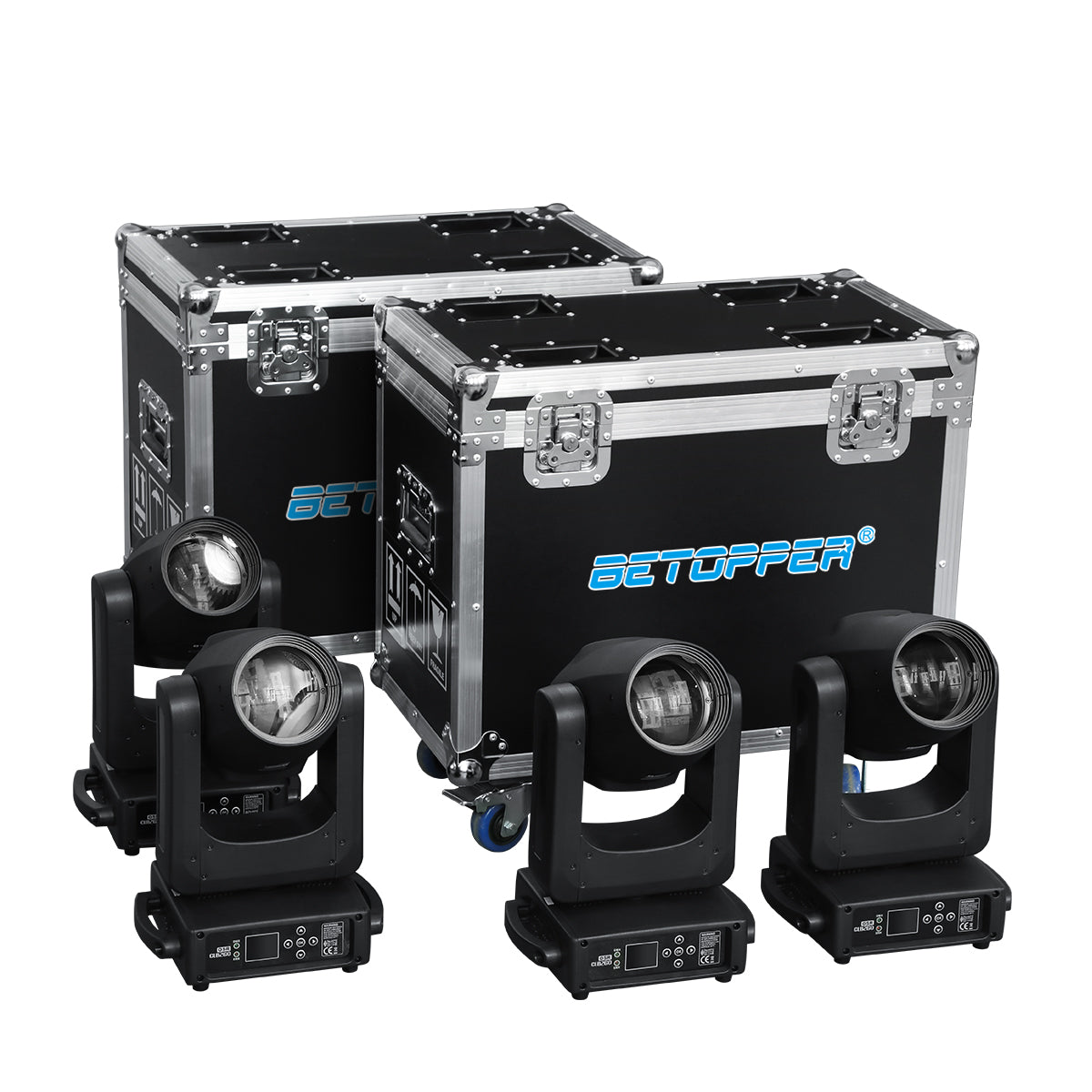
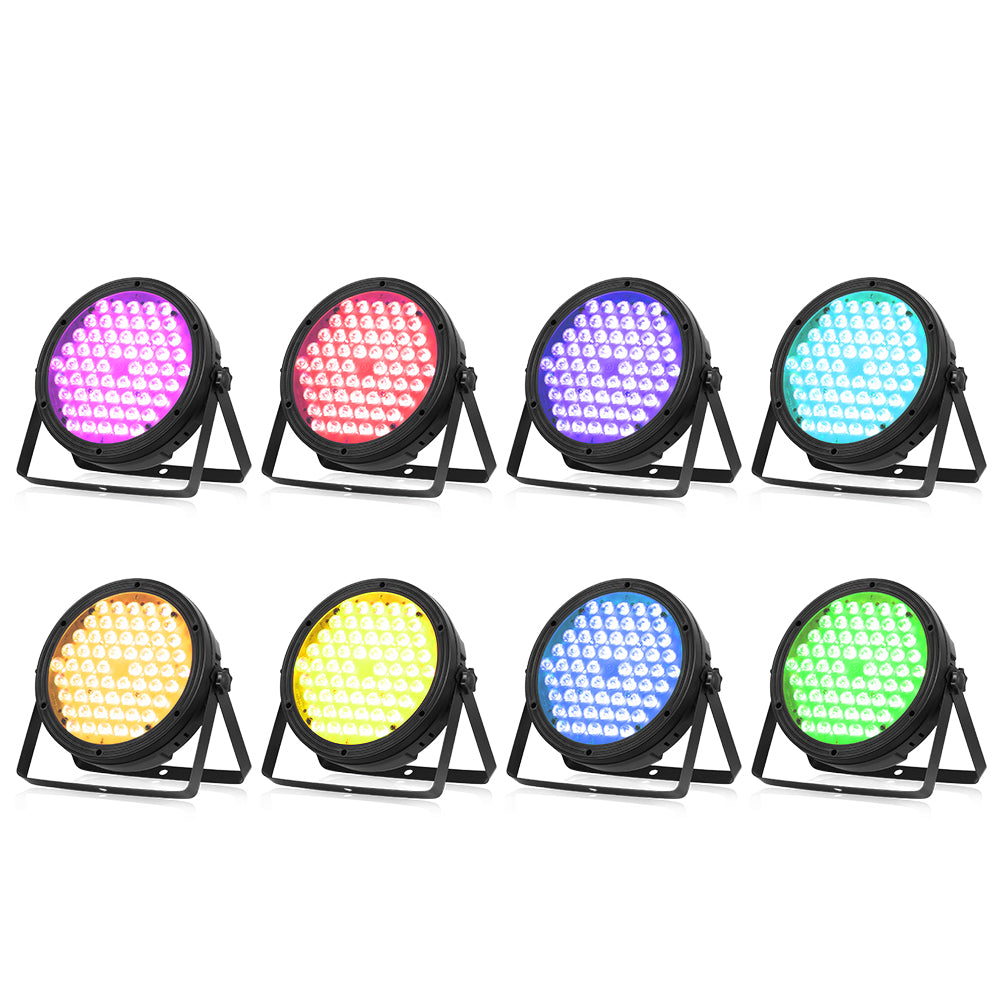
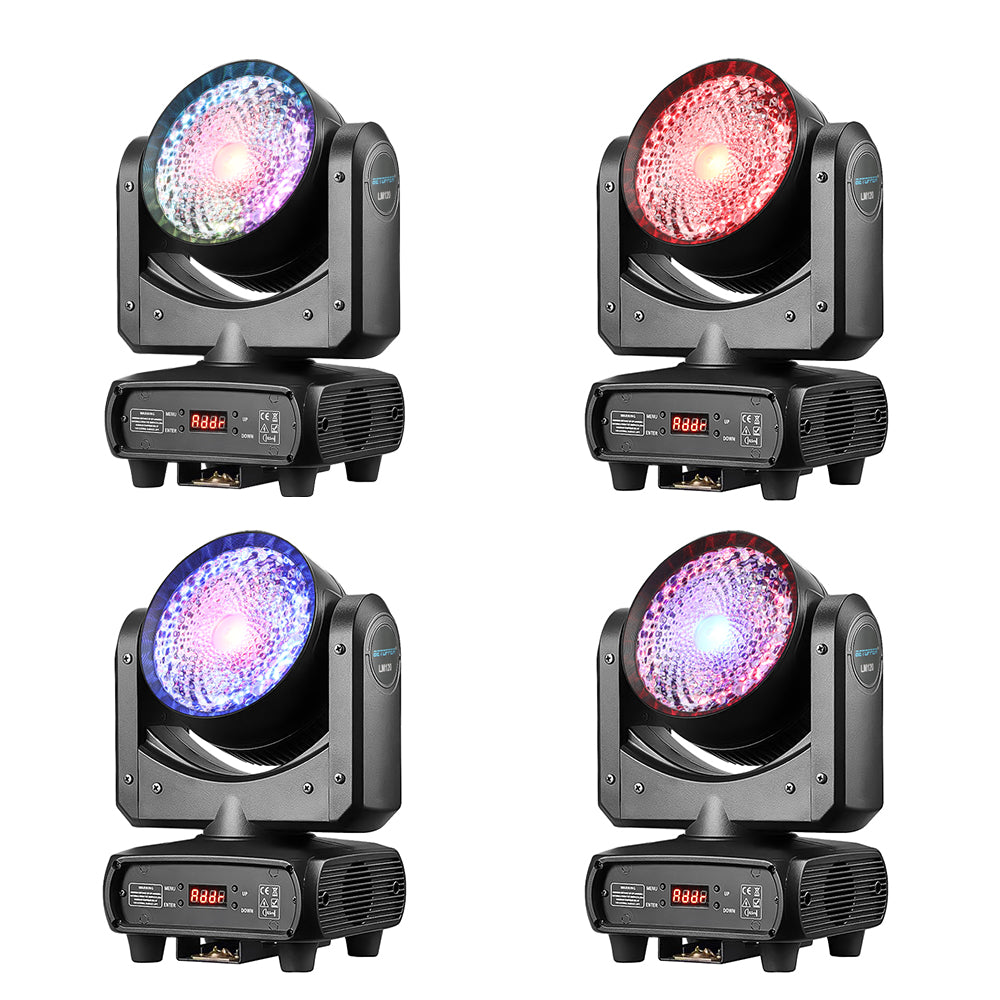
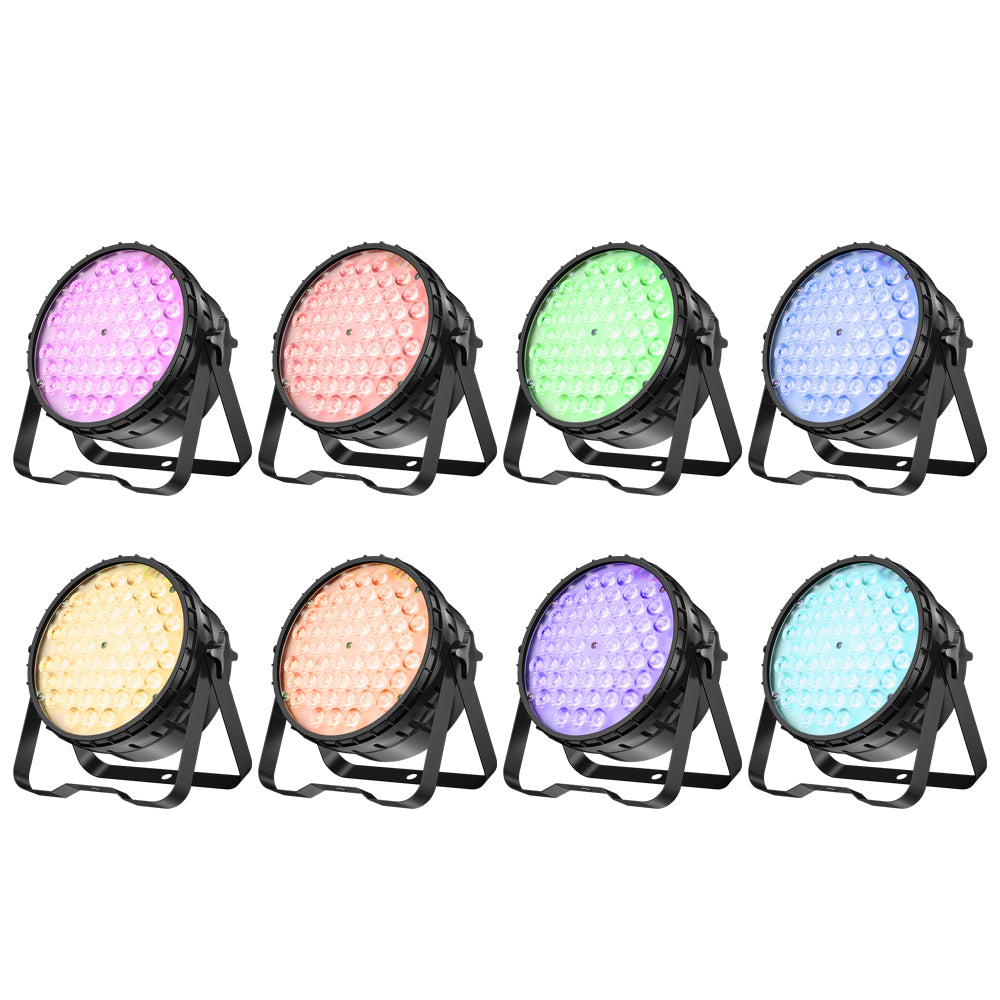

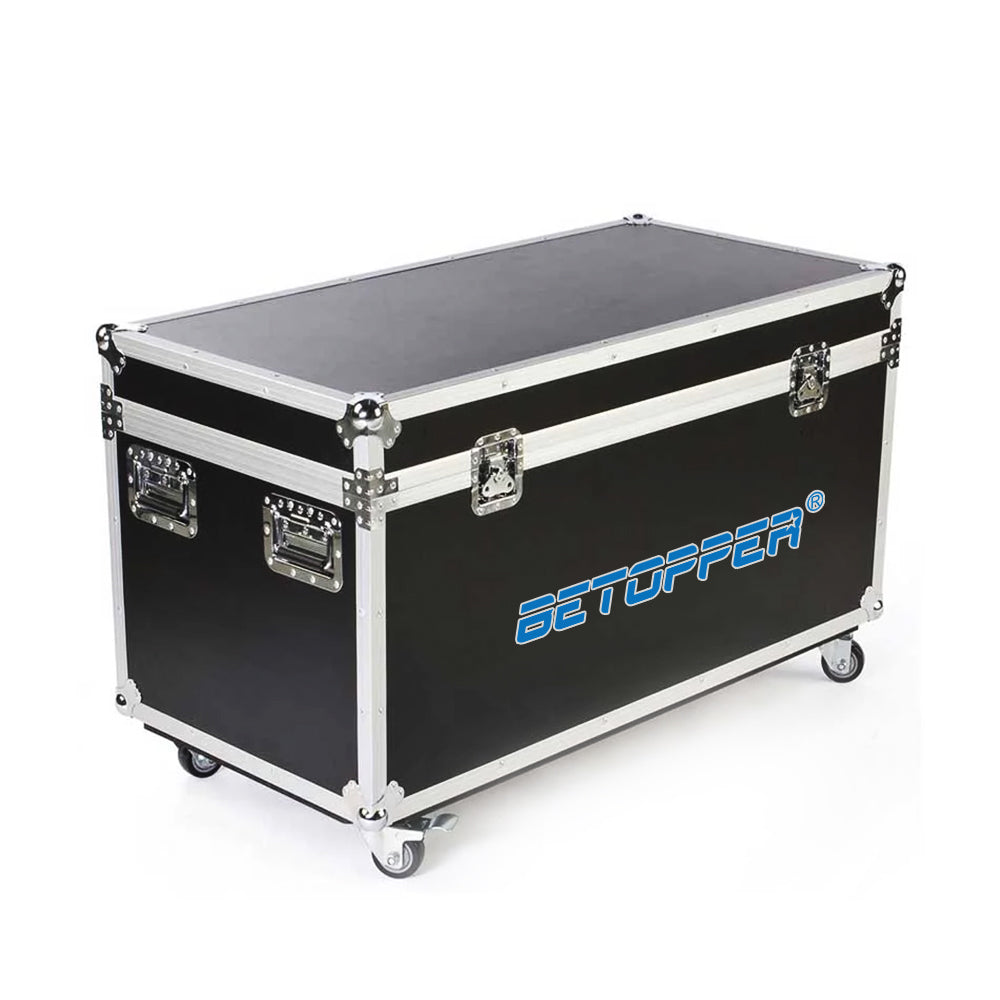
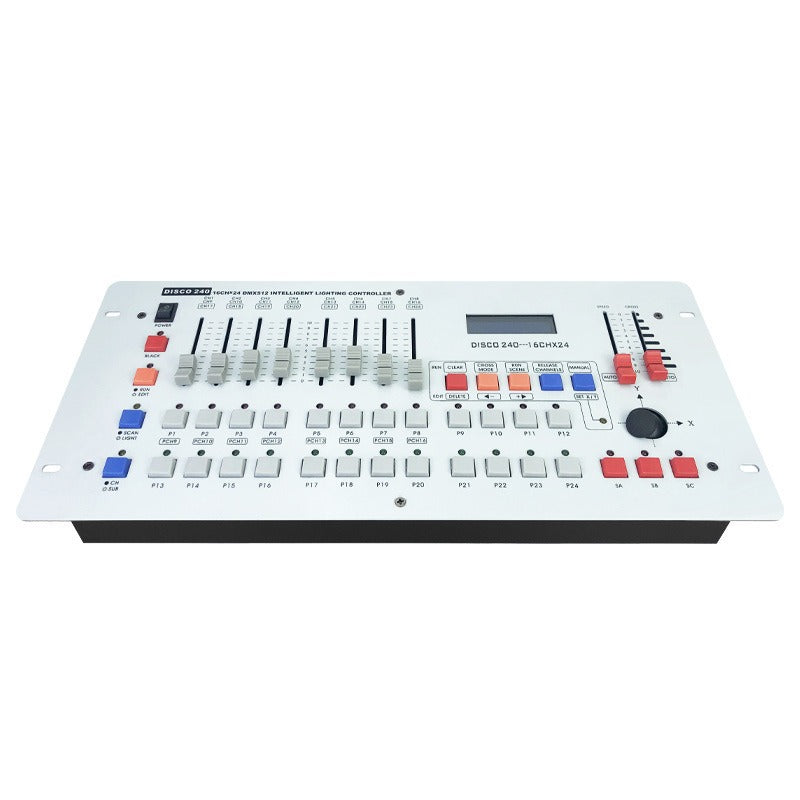
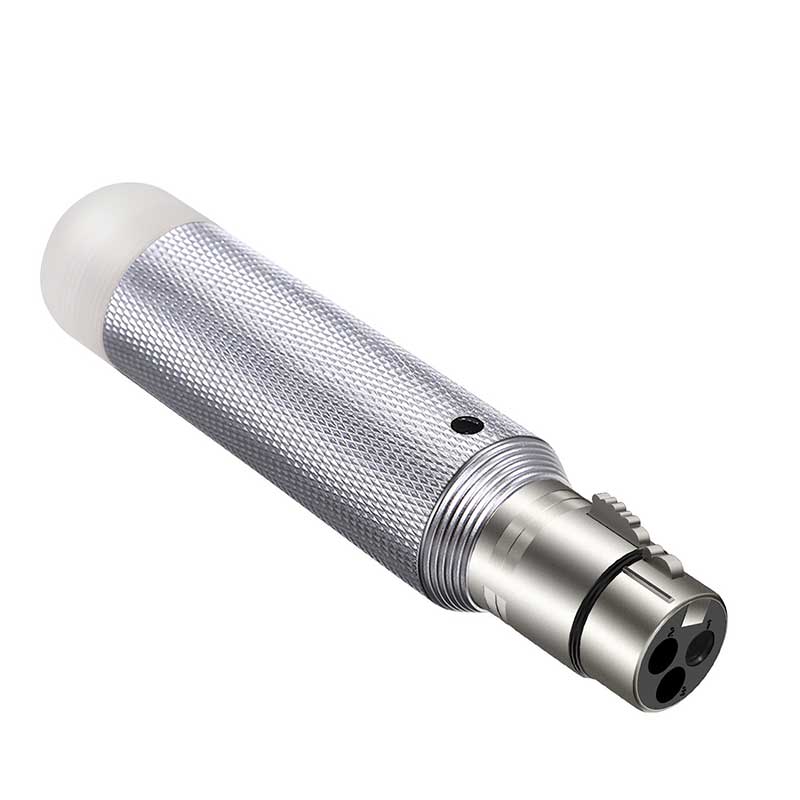
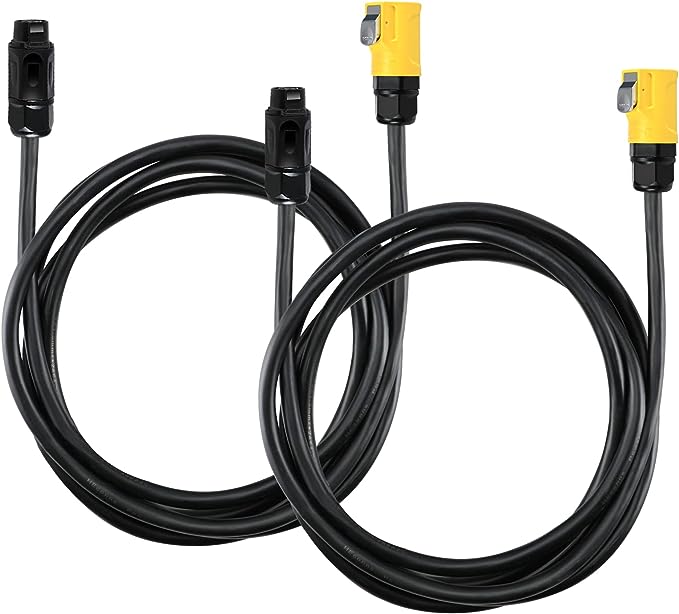
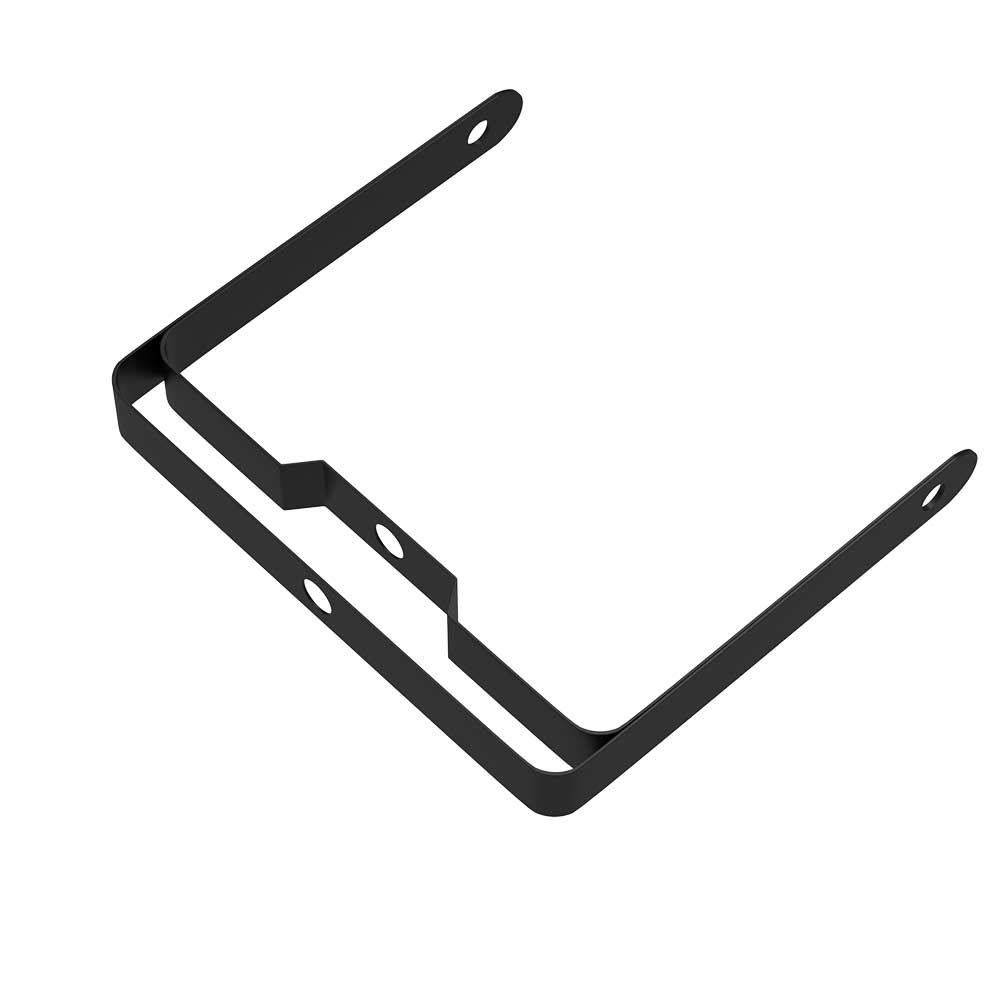
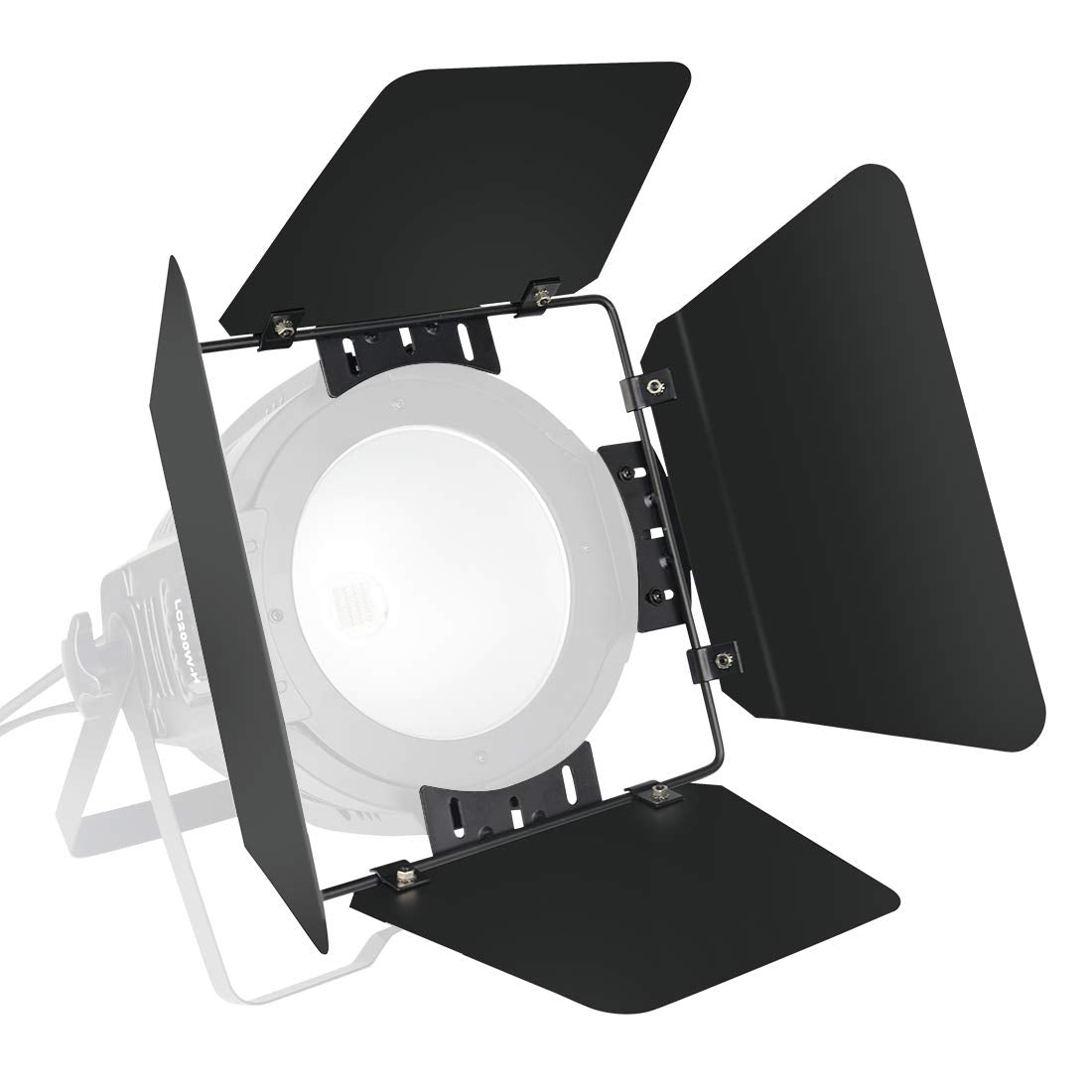
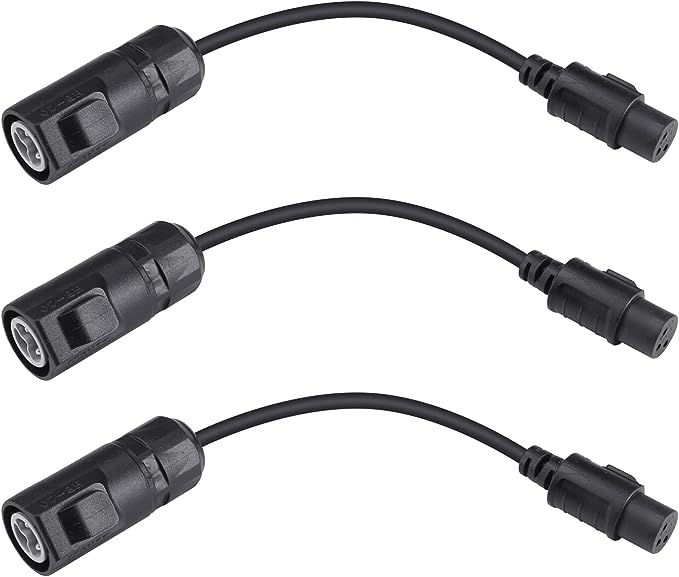
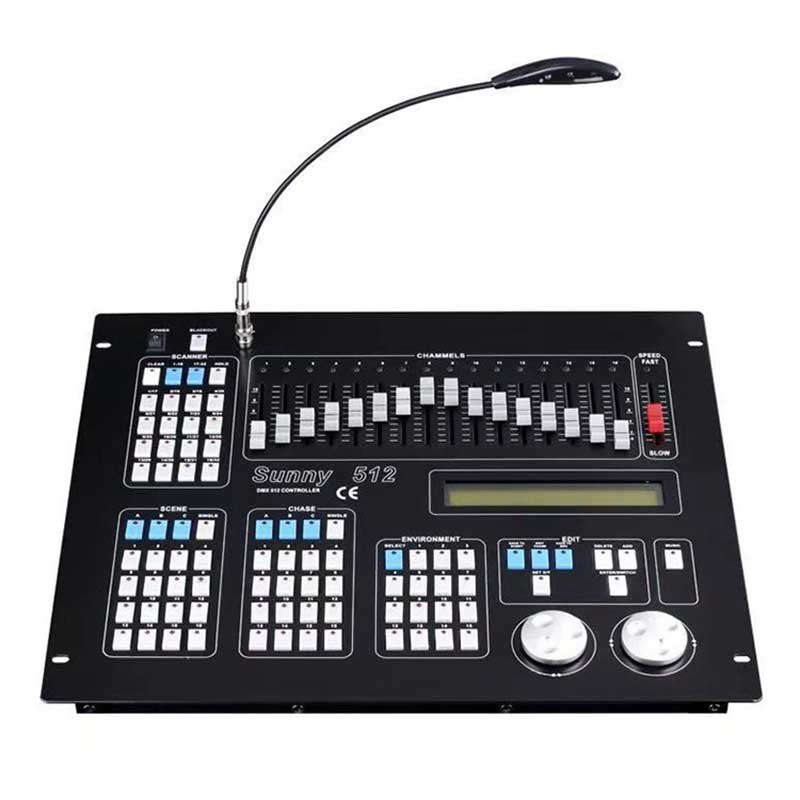
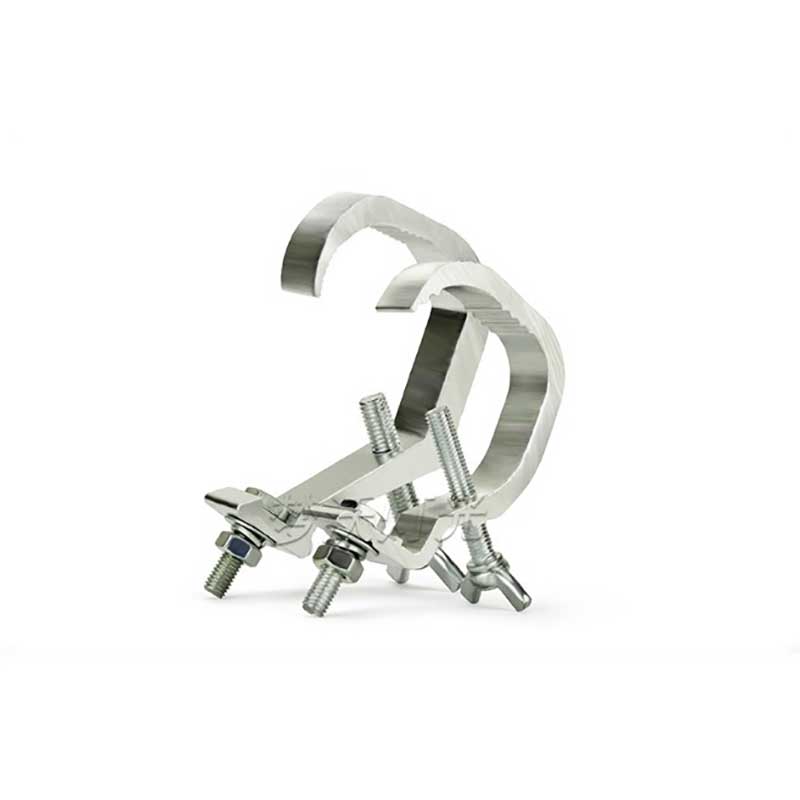
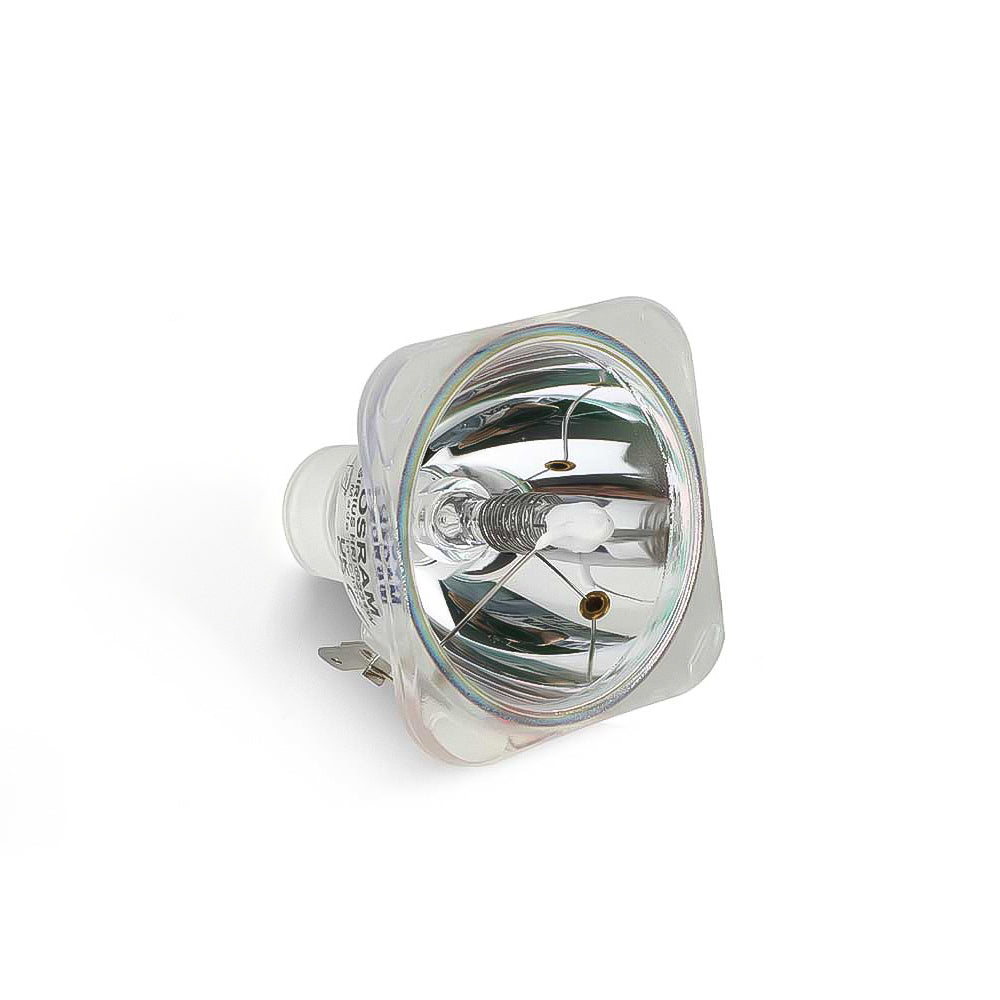
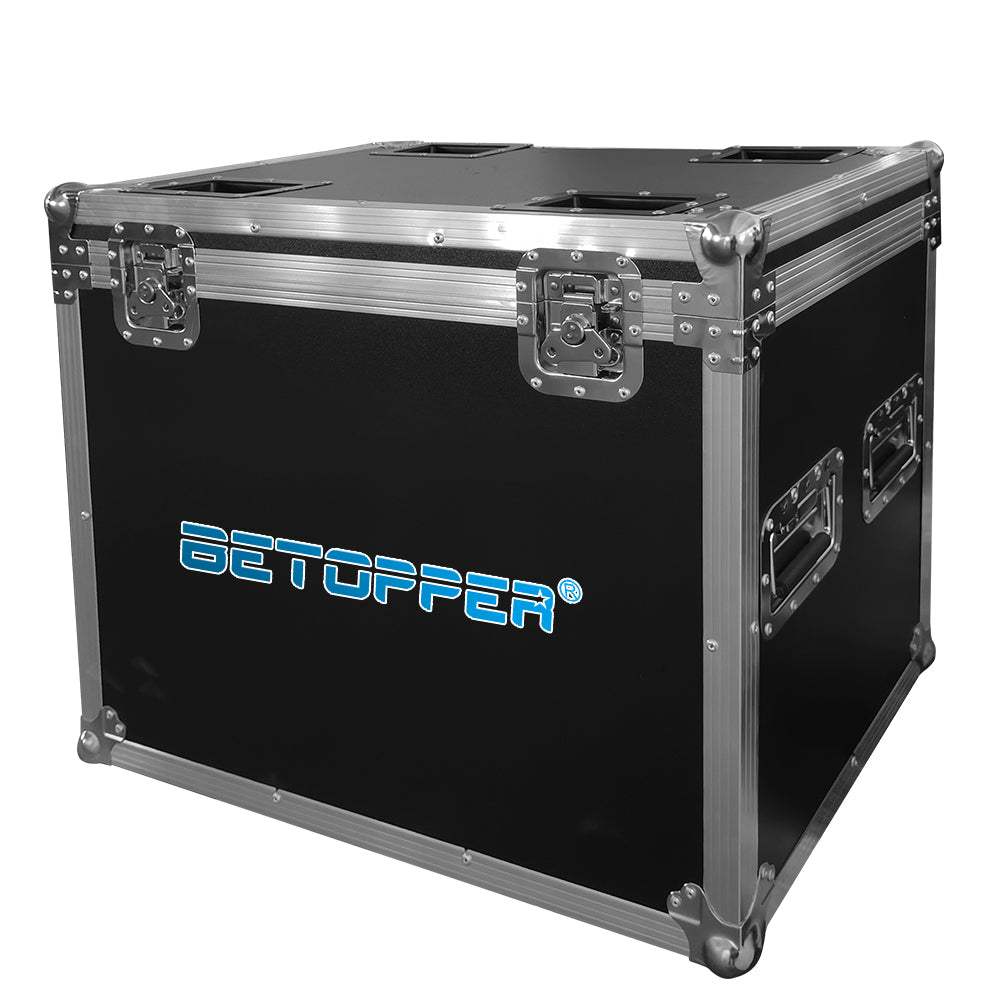
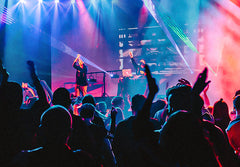
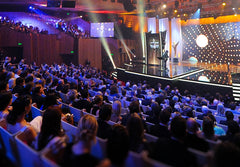
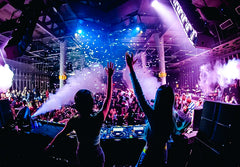



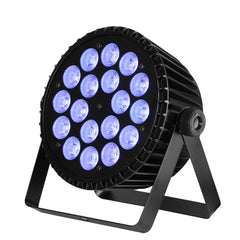
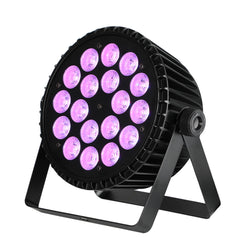
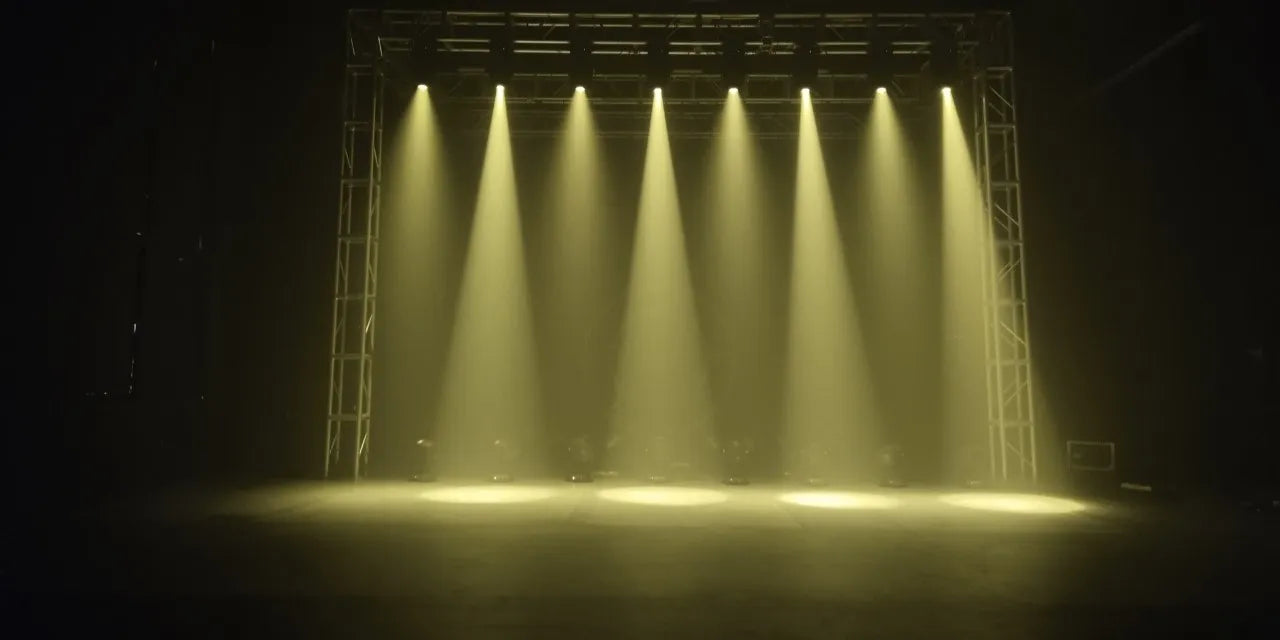
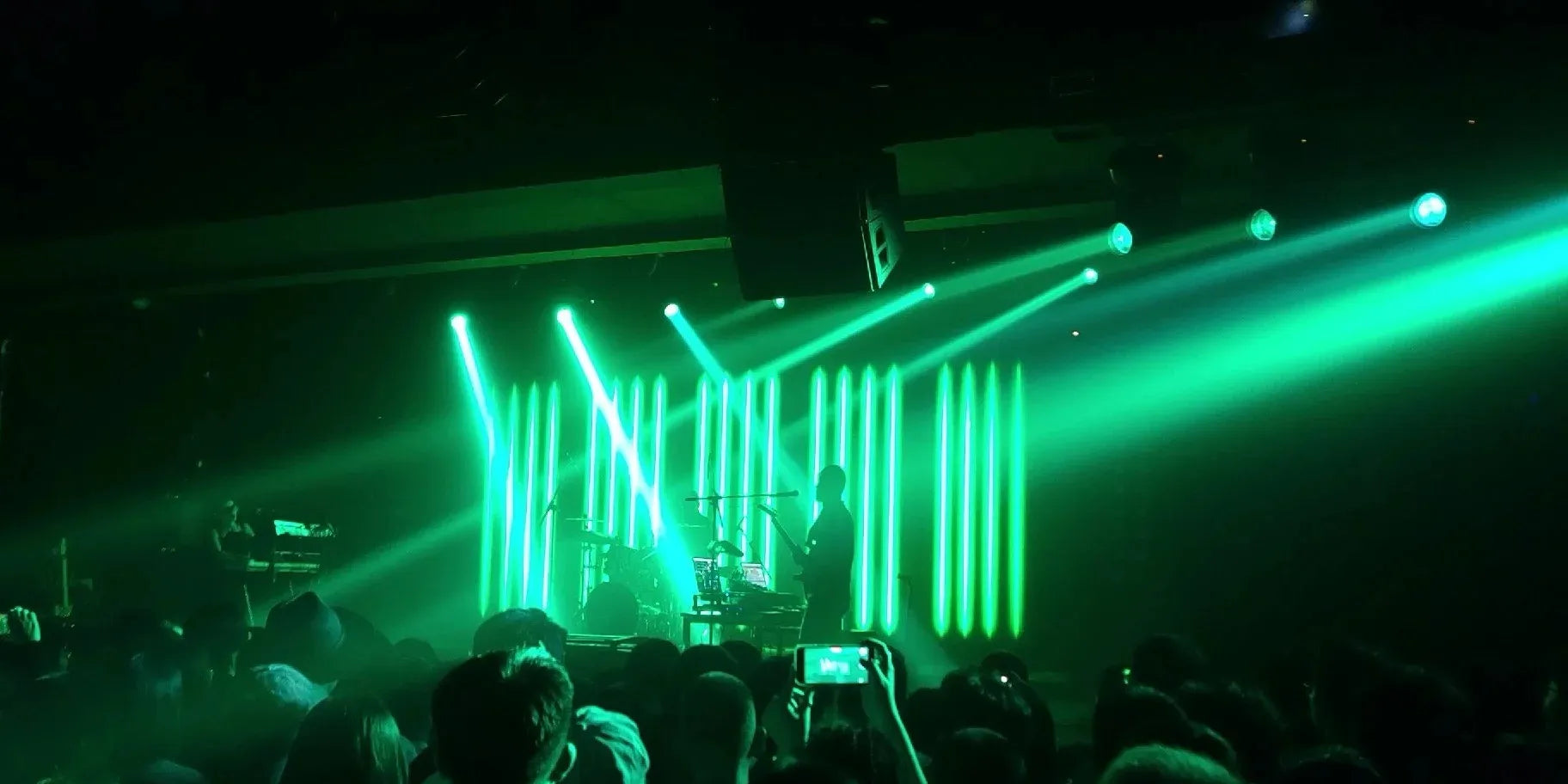
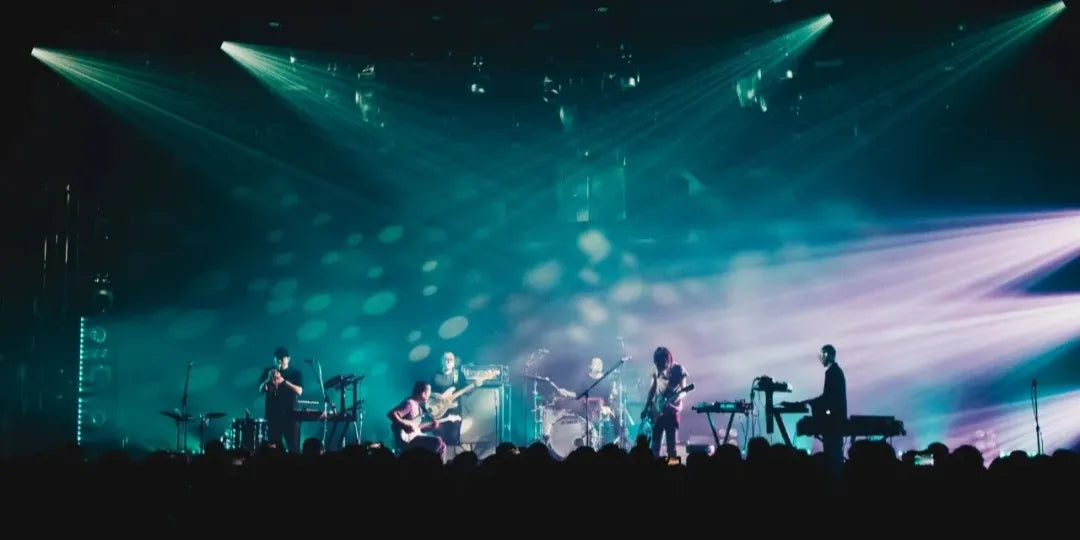
Leave a comment
This site is protected by hCaptcha and the hCaptcha Privacy Policy and Terms of Service apply.